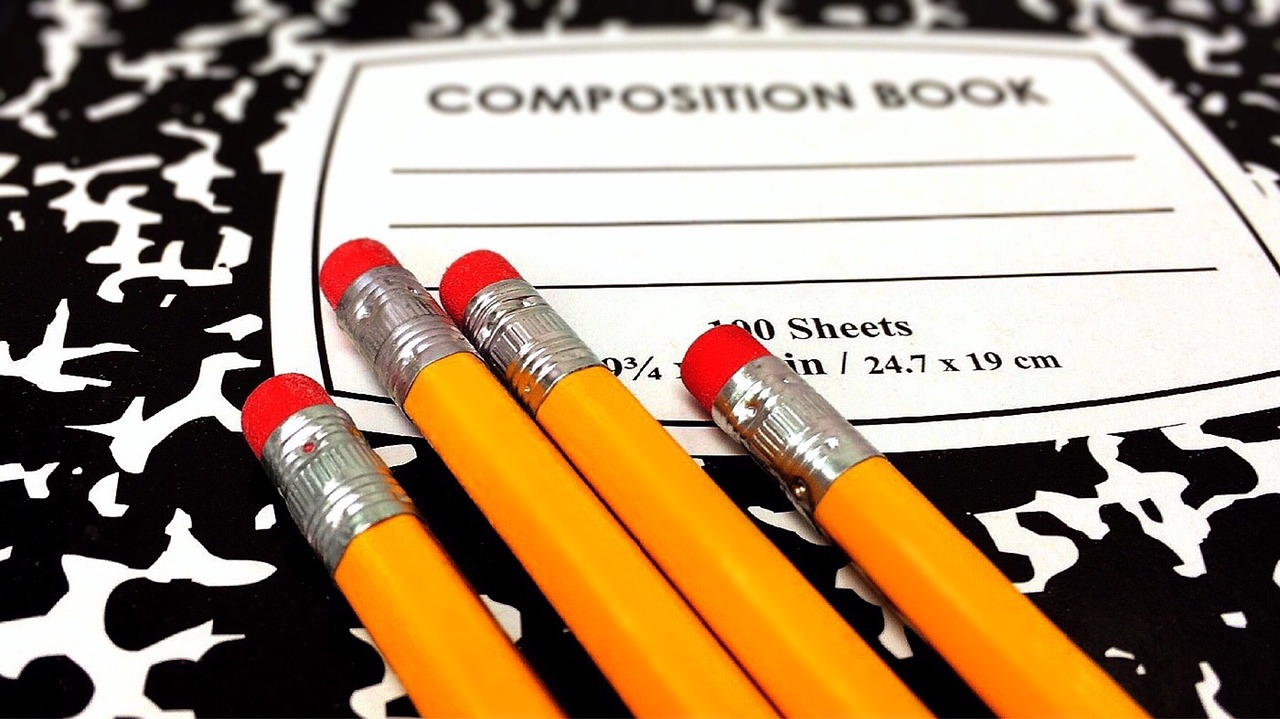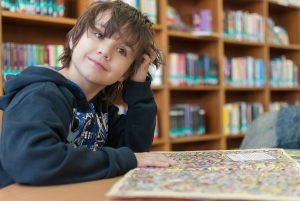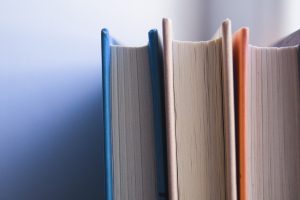Learning Recovery: Post-Pandemic Solutions
The COVID-19 pandemic has completely changed the way we live, work, and learn. The education system has been particularly affected, with schools and universities forced to shut down and switch to online learning overnight. This unexpected disruption in education has caused a significant learning loss for students worldwide. As we navigate through the challenges of the pandemic and move towards a post-pandemic era, the focus now shifts to learning recovery and finding effective solutions to bridge the learning gap. In this article, we will explore the concept of Learning Recovery and discuss some post-pandemic solutions to ensure students continue to receive quality education despite the challenges posed by this unprecedented situation.
What is Learning Recovery?
Learning recovery, also known as education recovery, refers to the process of helping students who have experienced learning loss or significant academic setbacks catch up and get back on track. This is typically achieved by implementing strategies and interventions that address the specific learning needs of students, with the goal of bringing them back to their expected academic levels. Learning recovery is crucial in the aftermath of the pandemic as students have missed out on crucial classroom instruction, social interaction, and the structure of being in a traditional learning environment.
The Impact of the Pandemic on Learning
The pandemic has significantly disrupted the education system, affecting approximately 1.7 billion students worldwide. Schools and universities were forced to close, and students were left to continue their education through remote learning methods. While online learning may have enabled students to continue their education during the pandemic, it has also caused a significant learning gap due to various factors such as lack of access to technology, poor internet connectivity, and distractions at home. According to a report by the United Nations Educational, Scientific and Cultural Organization (UNESCO), school closures during the pandemic have resulted in a learning loss of three to six months worldwide.
Post-Pandemic Solutions for Learning Recovery
As we move towards a post-pandemic era, it is essential to focus on learning recovery to address the significant learning loss caused by the pandemic. Here are some solutions that can help schools and students overcome the challenges and ensure a successful recovery:
1. Personalized Learning
One way to ensure effective learning recovery is by implementing personalized learning strategies. Every student has different learning needs, and a one-size-fits-all approach may not be effective in bridging the learning gap. By providing personalized learning plans and individualized attention, educators can address the specific learning needs of students and help them catch up to their expected academic levels.
2. Catch-Up Programs
Catch-up programs are tailored interventions designed to help students who have fallen behind academically. These programs may include targeted instruction in critical subjects like math and reading, extra tutoring sessions, and small group learning. Catch-up programs can help students fill the learning gap and prepare them for future academic success.
3. Remedial Classes
Remedial classes are another effective solution to address the learning loss caused by the pandemic. These classes are specifically designed for students who need additional support in specific subjects or skills. Remedial classes can help students get back on track and bridge the gap in their academic knowledge.
4. Social-Emotional Learning
The pandemic has not only affected students’ academic progress but has also taken a toll on their mental and emotional well-being. Social-emotional learning (SEL) programs can help students cope with the stress and uncertainty caused by the pandemic. These programs focus on developing self-awareness, social skills, and emotional regulation skills that are crucial for academic success and overall well-being.
5. Collaboration and Communication
Effective communication and collaboration between educators, parents, and students are essential in ensuring successful learning recovery. By working together, parents and teachers can support students’ academic progress and address any challenges they may be facing. Multiple communication channels can be utilized, such as email, parent-teacher conferences, and regular progress updates.
Conclusion
The pandemic has indeed caused significant setbacks in the education sector, with learning loss being a major concern. However, with the right strategies and interventions, learning recovery is possible. By implementing personalized learning, catch-up programs, remedial classes, social-emotional learning, and promoting collaboration and communication, schools and educators can help students bridge the learning gap and catch up to their expected academic levels. It is essential to prioritize learning recovery and find innovative solutions to ensure that students continue to receive quality education post-pandemic.









